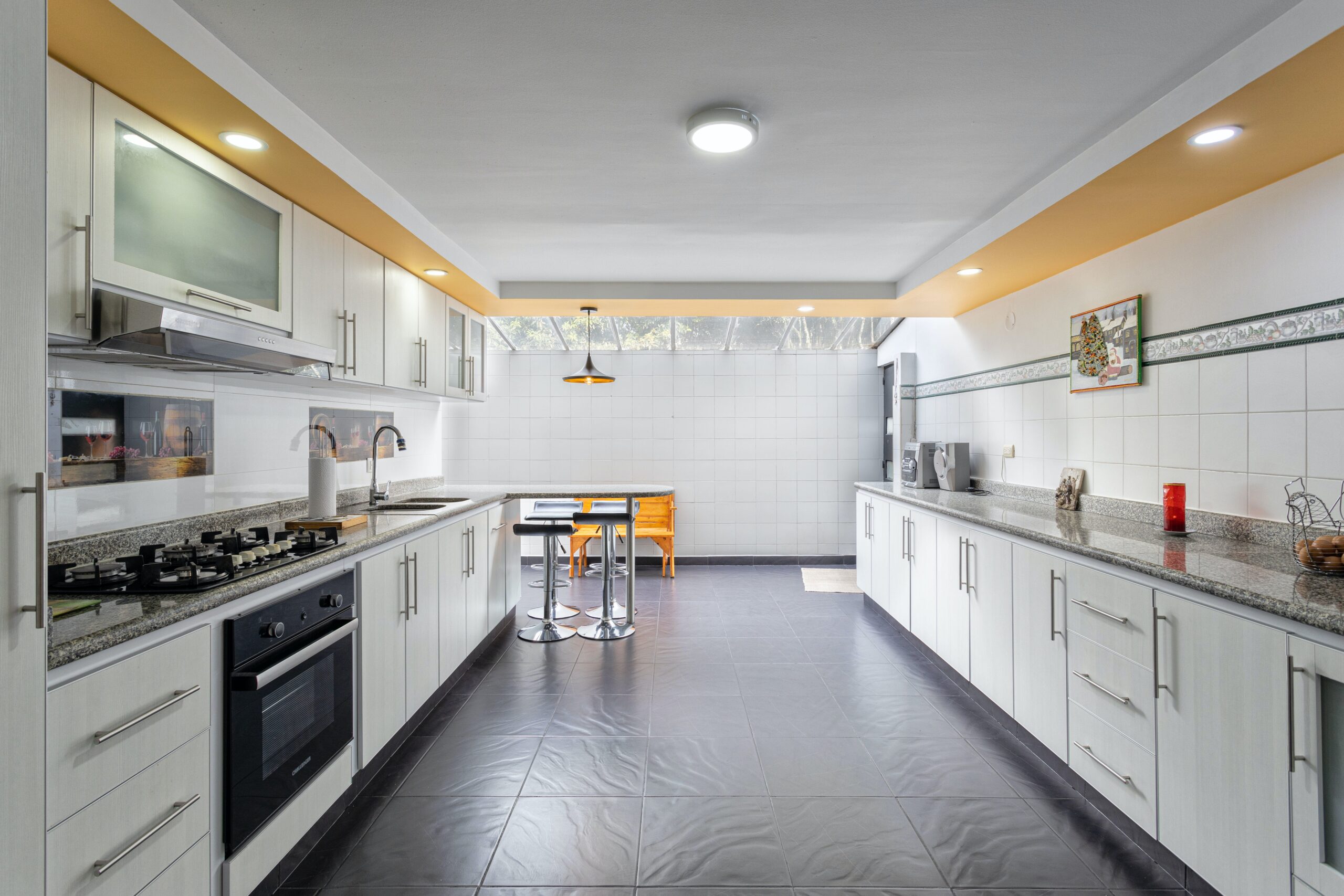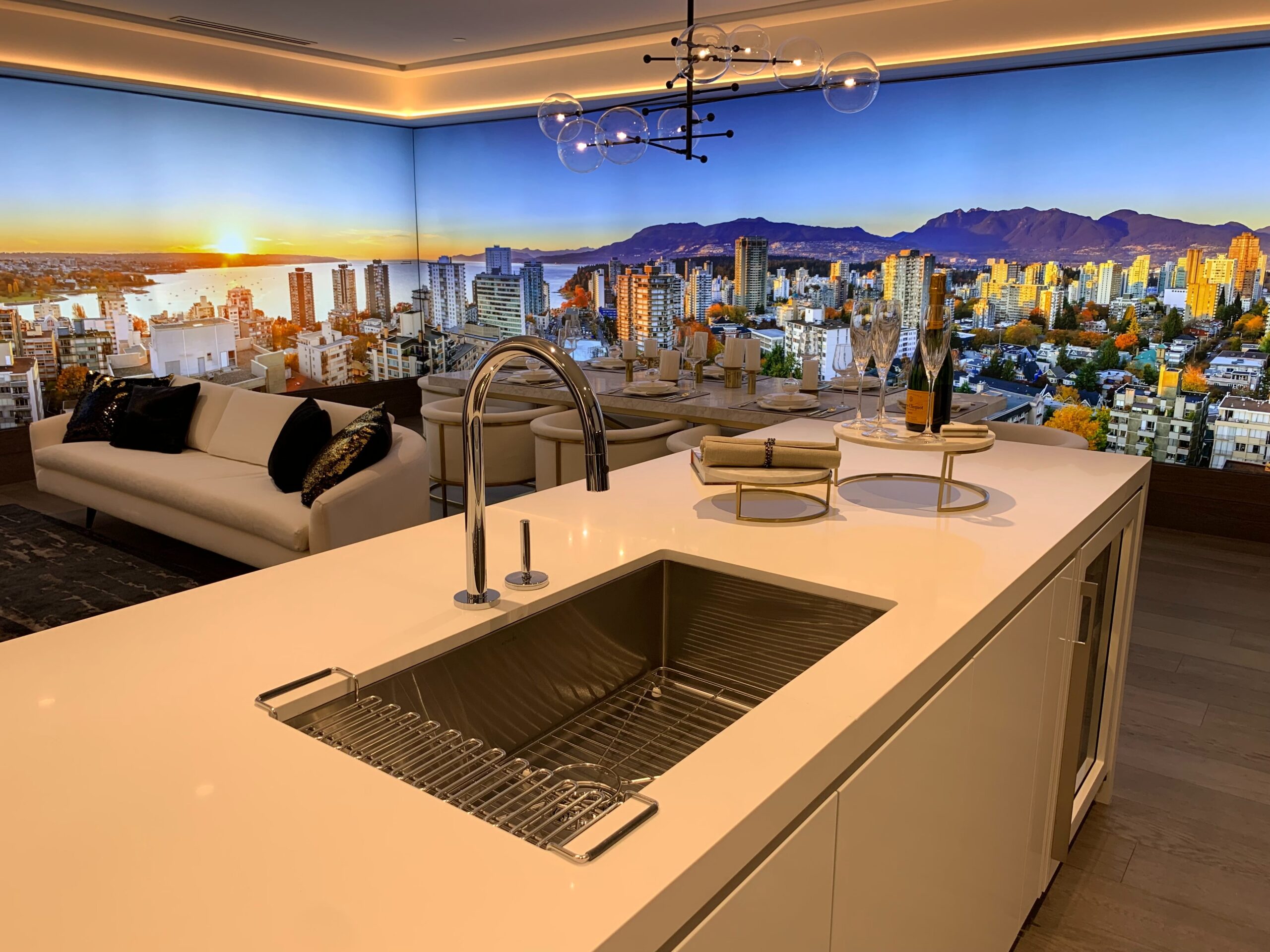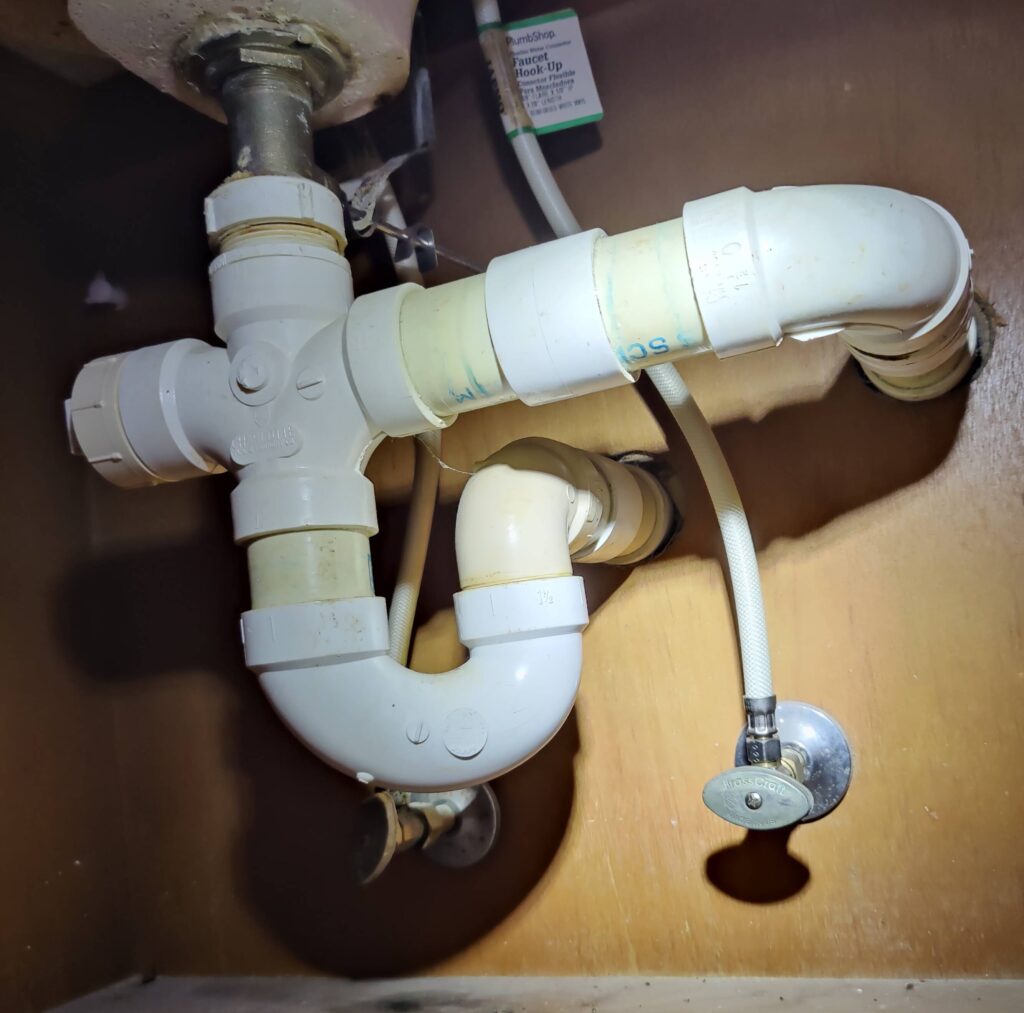Yes, a kitchen sink needs a vent. Proper venting prevents water siphoning from the trap and allows efficient drainage.
Every kitchen sink requires proper venting to maintain the functionality and health of your home’s plumbing system. Kitchen sink vents serve as an integral part of the system, facilitating air flow to prevent a vacuum that can disrupt water flow and trap operation.
Installing a vent ensures that waste water flows seamlessly, preventing the potential for clogs or slow drainage problems. Additionally, by equalizing the air pressure within the pipes, odors and gases have a route to escape, improving the overall sanitation and smell of your kitchen. Whether you are remodeling your kitchen or dealing with plumbing issues, understanding the necessity of a kitchen sink vent is essential in maintaining a healthy and efficient home environment.
Introduction To Kitchen Sink Plumbing
A vent plays a crucial role in kitchen sink plumbing. It ensures that water flows smoothly and quickly. Without a vent, your sink might drain slowly or make gurgling sounds. A vent helps to balance the air pressure within the pipes. This balance lets wastewater drain properly.
Think of a vent as a straw in a juice box. If you seal the straw with your thumb and try to draw juice, it’s hard. But, release your thumb, and the juice flows easily. Similarly, a kitchen sink vent lets air in, preventing a vacuum that can slow down water flow. It prevents harmful sewer gases from entering your home, too. This keeps your kitchen sink working well and smelling fresh.

The Importance Of Venting A Kitchen Sink
Venting a kitchen sink is crucial to maintain your home’s plumbing health. Without a vent, water flows slowly and drains may gurgle. Internal air pressure can cause trouble. Sinks must breathe properly to avoid this.
Correct venting stops sewer gases from entering your kitchen. These gases can be harmful. A vent acts like a safety barrier. It keeps your air fresh and clean.
Proper venting also enhances water flow, making sinks more efficient. It ensures smooth water movement and prevents blockages. Efficient venting keeps your sink working well. It makes sure everything runs quickly and quietly.
Types Of Vents For Kitchen Sinks
A kitchen sink requires proper venting to prevent issues. Vents maintain the right air pressure in the plumbing system. The Traditional Main Vent Stack extends through the roof. It allows air to enter the pipes. This keeps water flowing smoothly.
Auto Vents, or Air Admittance Valves (AAVs), are used in specific circumstances. They open to let air in but do not allow sewer gases to escape. AAVs are ideal where conventional venting is difficult.
Loop Vents are crucial for island sinks as they lack a nearby wall for a vent pipe. They prevent water siphoning from the trap. This type of vent loops up and over before connecting back to the main stack.

Installing And Maintaining Kitchen Sink Vents
Every kitchen sink needs a proper vent. A vent helps water flow smoothly. Without a vent, sinks may not drain well. Choosing the right vent depends on your sink layout. Options include traditional, AAVs, or combined methods. Each type works differently.
Installing a vent can be DIY-friendly. First, determine the vent size. Next, you need to cut into the drain line. Secure your new vent pipe properly. Make sure to test for leaks after installation. Always follow local plumbing codes.
Sometimes, vents might not work well. Blocked vents need a quick fix. Clogs block air flow. The fix often requires cleaning or replacing parts.
Legal And Building Code Considerations
Local plumbing codes govern kitchen sink venting. Codes ensure safe and healthy plumbing systems. Checking with local building authorities is crucial before any plumbing work. This helps avoid legal troubles.
Professional plumbers can assess the need for a vent. They ensure a sink’s compliance with regulations. Experts understand the details of vent system retrofitting. Homeowners should hire professionals for accurate assessments.
Older homes might lack proper vents. Upgrading requires understanding current codes. Permissions are often needed for such changes. Consult a licensed plumber for the correct procedure.

THE Best Practices
Vents play a key part in keeping a kitchen sink working well. Their job is to stop bad odors, prevent traps from siphoning, and make sure water flows smoothly.
For every homeowner keeping a kitchen in top shape is a must. Knowing about vents will save you from future troubles with the sink. DIY enthusiasts gain a lot by understanding the basics of plumbing ventilation.
Green trends in plumbing are picking up speed. People look for eco-friendly solutions. These new methods are good for both our homes and our planet. Learning them is wise.
Conclusion
Understanding venting for your kitchen sink is crucial for both functionality and code compliance. Proper airflow ensures efficient drainage and prevents harmful sewer gases from entering your home. When planning your kitchen plumbing, don’t overlook the significance of a well-ventilated sink system.
Keep your kitchen safe and smelling fresh with the right venting solutions.
Frequently Asked Questions Of Does A Kitchen Sink Need A Vent
Can You Install A Sink Without A Vent?
Yes, you can install a sink without a traditional vent by using an air admittance valve (AAV) as an alternative for proper drainage and to prevent water siphonage.
What Happens If A Sink Is Not Vented?
A non-vented sink may drain slowly and can create harmful sewer gas build-up. Water siphoning from the trap could also occur, leading to odors and potential health risks. Proper ventilation ensures efficient drainage and prevents these issues.
Do All Kitchen Sinks Have A Vent Pipe?
Not all kitchen sinks have a dedicated vent pipe; some use alternative methods like an AAV (air admittance valve) for proper drainage and venting.
Why Is There A Sewer Vent Under My Kitchen Sink?
The sewer vent under your kitchen sink helps prevent sewer gases from entering your home and aids in proper drainage. It ensures the plumbing system’s air pressure remains balanced.







